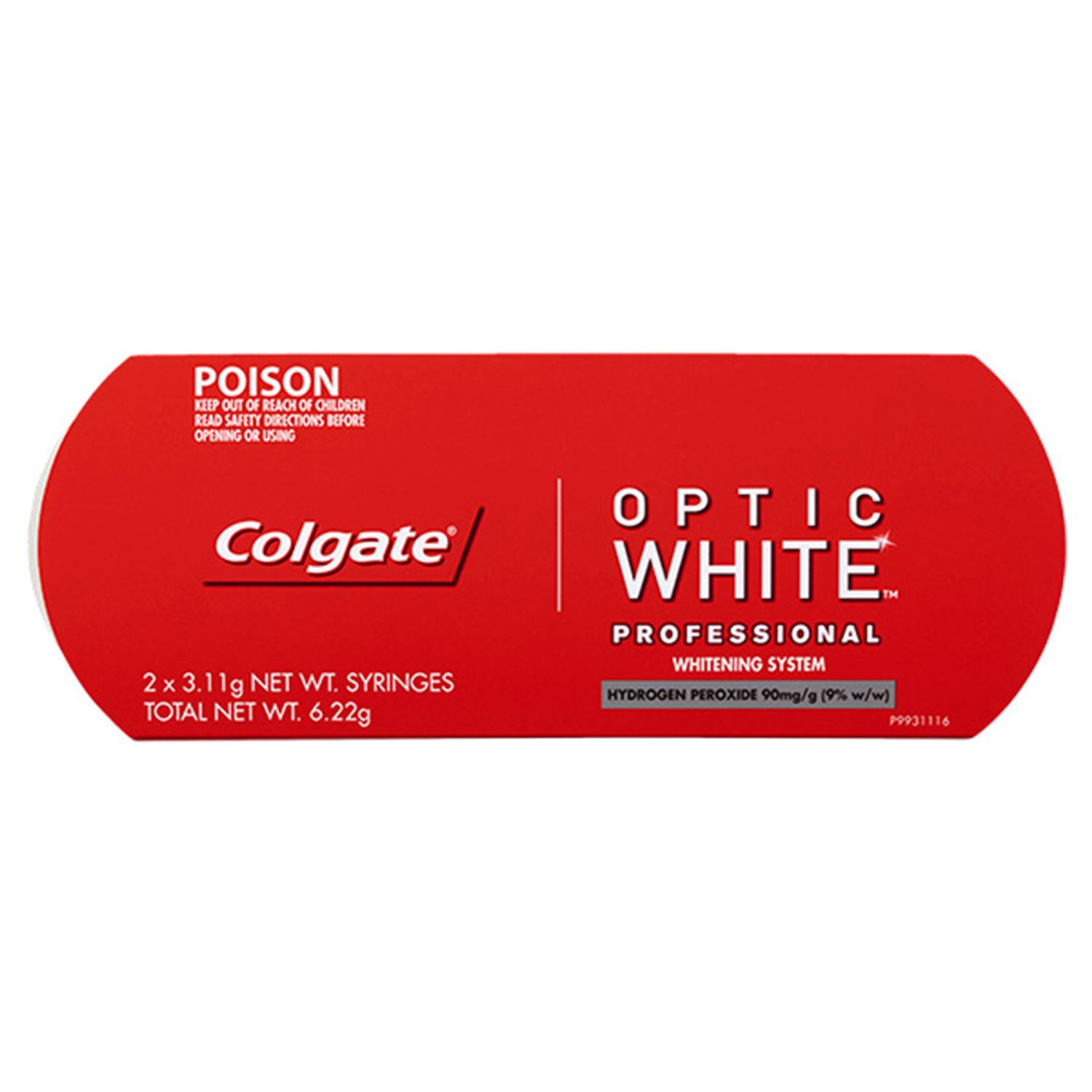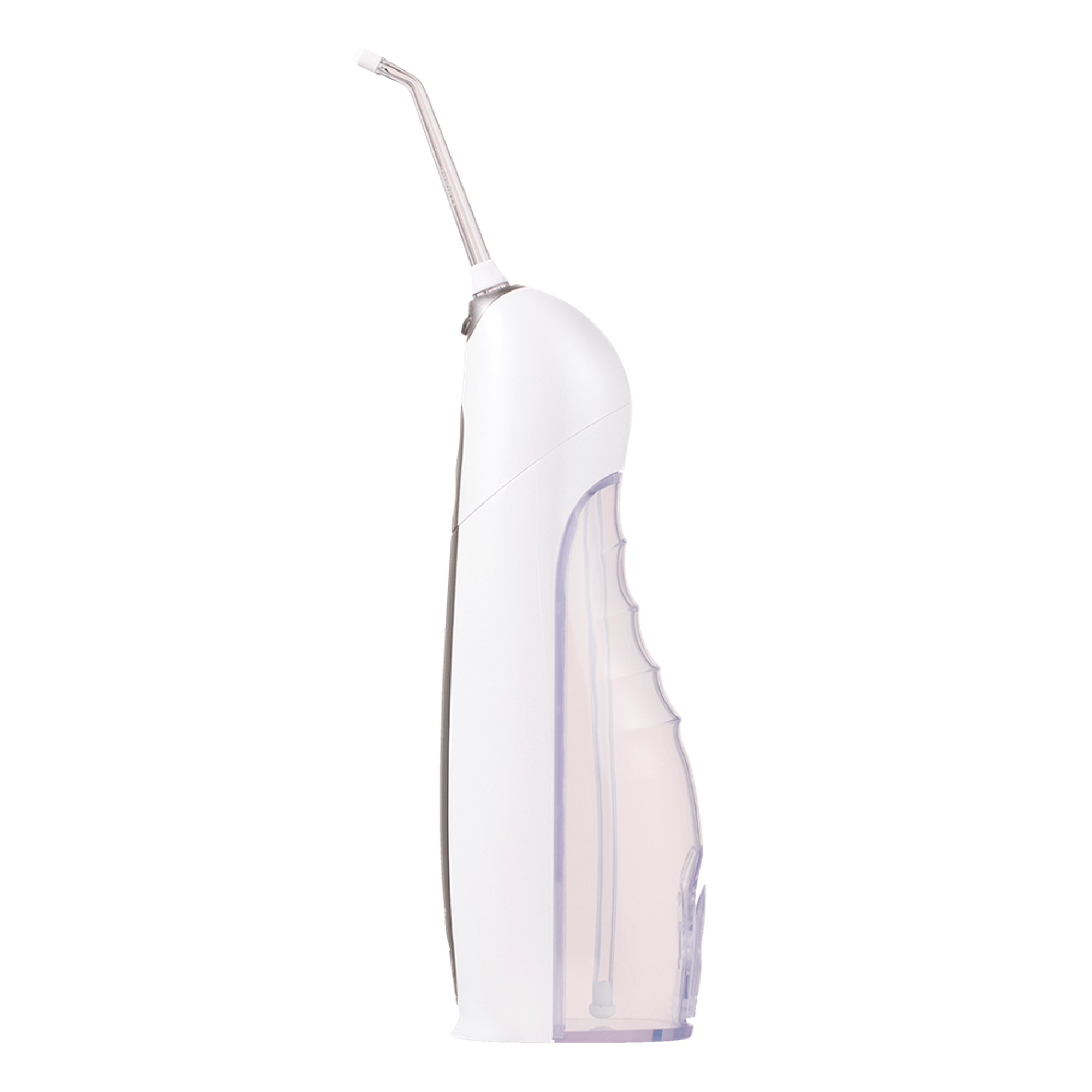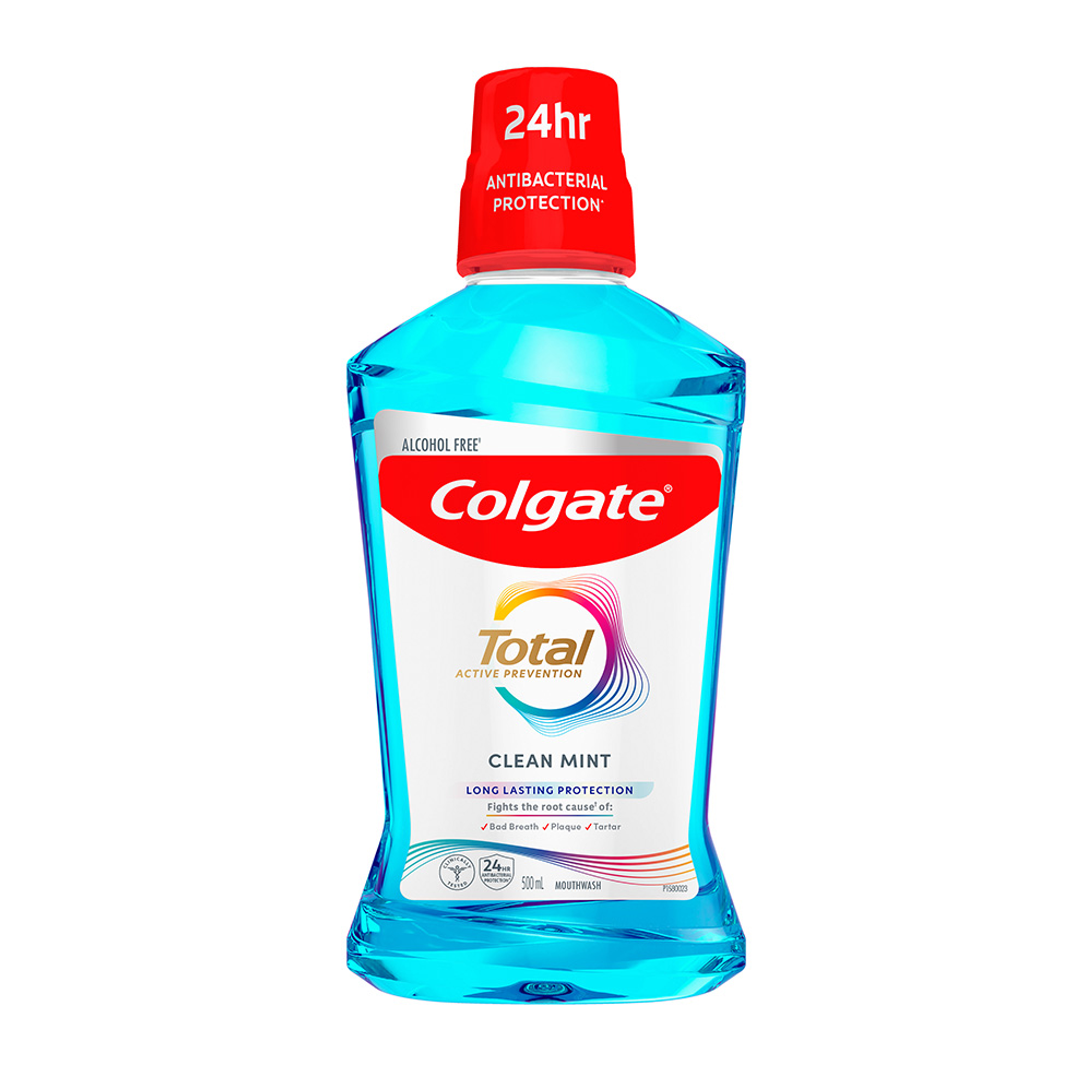-
Top Professional Products



-
Professional Articles
- Caries
- Dry Mouth
- Enamel Erosion
- Gum Issues
- Orthodontics
- Pediatric
- Sensitivity
- Whitening
- Social Responsibility
- Career Development
-
- Home
- Patient Education
- Older Adults Oral Health Issues
Prof. Iain Pretty
Professor of Public Health Dentistry
The University of Manchester
Introduction
There has been much emphasis on the challenges faced by children and their parents in securing optimal oral health. Indeed, the research base for fluoride interventions is largely centered on school age children. With policies and public health groups firmly focused on this population its easy to forget the other end of the life line - the so called "elderly" where there has been little attention paid to challenges and barriers to maintaining and securing good oral health.
This gap in both research and practice is all the more poignant given the recognised demographic shift that is occurring in Western populations - a move to a decreased birth rate and an ageing population that represent a significant challenge to health care systems world wide.
In 2013 Colgate-Palmolive supported a conference in Seattle, Washington that aimed to investigate the challenges of this important group of patients and develop a care pathway to integrate evidence-based interventions to ensure that best practice was employed in the management of older adults. This article highlights some of the findings from this meeting.
Related Articles

Oral Health For Infants And Toddlers | Colgate® Professional

Teeth whitening is one of the most commonly requested treatments by patients, and there are many reasons why patients will want to whiten their teeth.

Your teeth can become discoloured by stains on the surface or by changes in the tooth enamel and dentine. Dentists divide discolouration into three main categories:
Related Products

Help Keep Patients More Informed
Share articles, videos and PDFs to help your patients learn more about specific conditions and effective treatments for a healthier smile.





